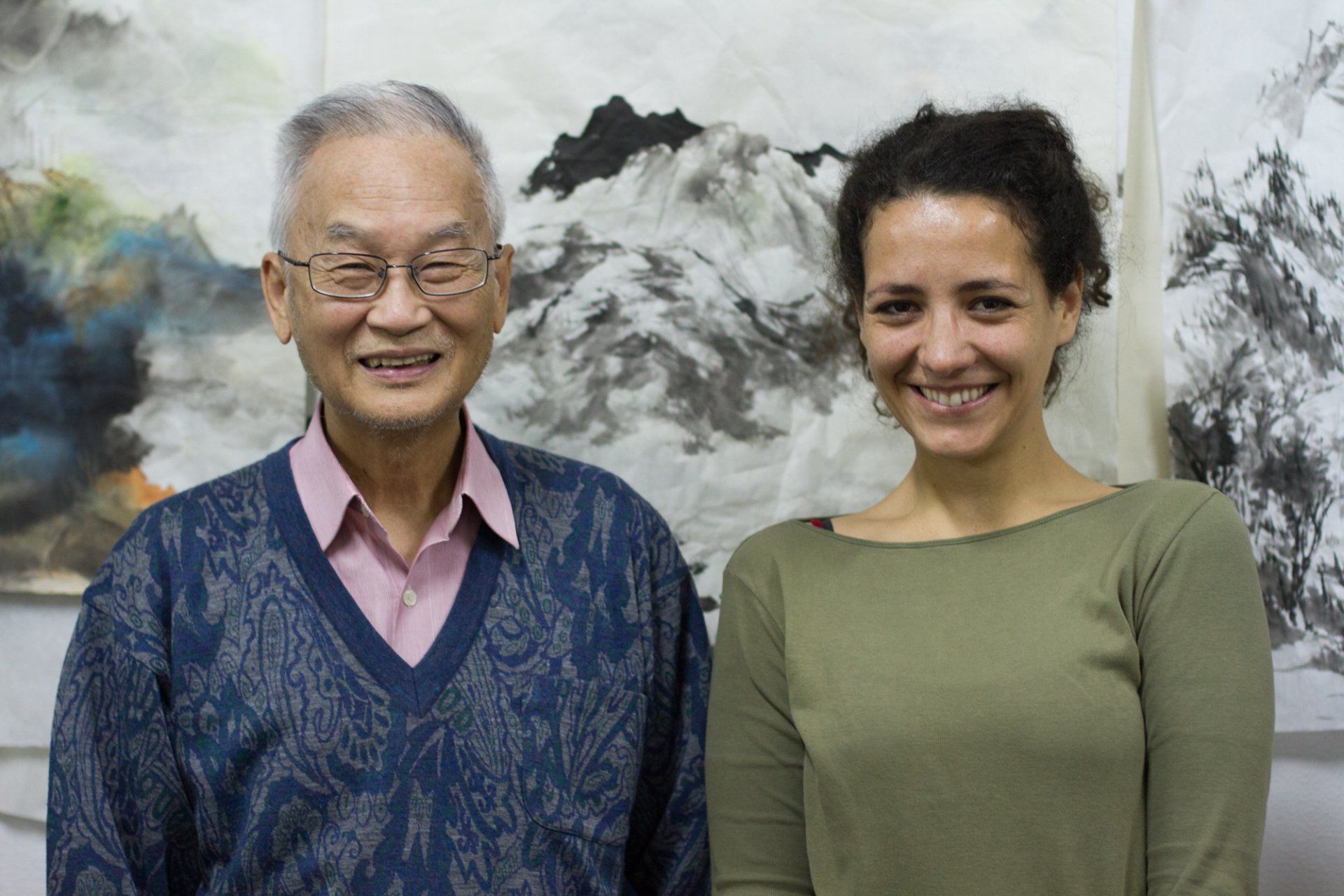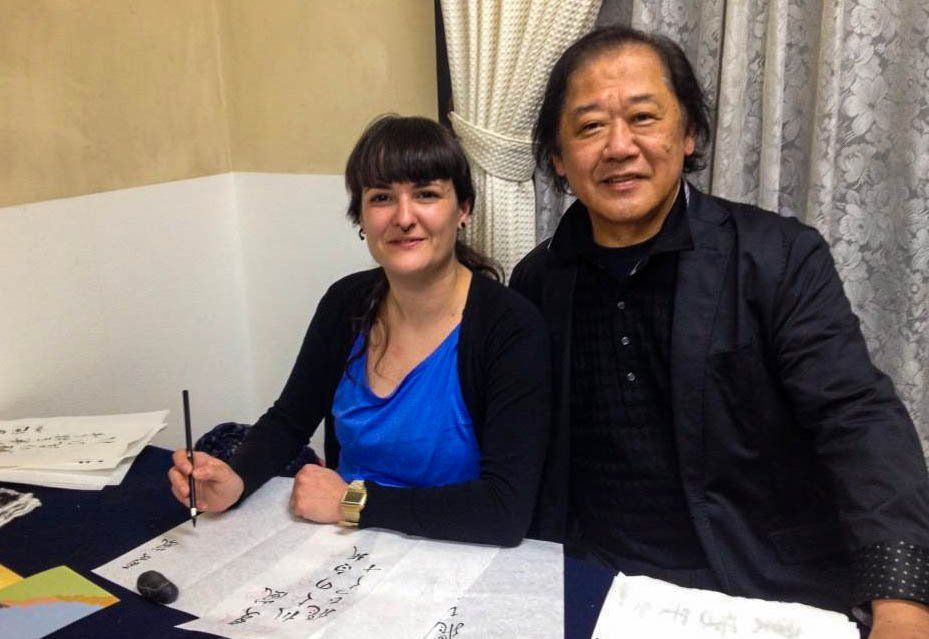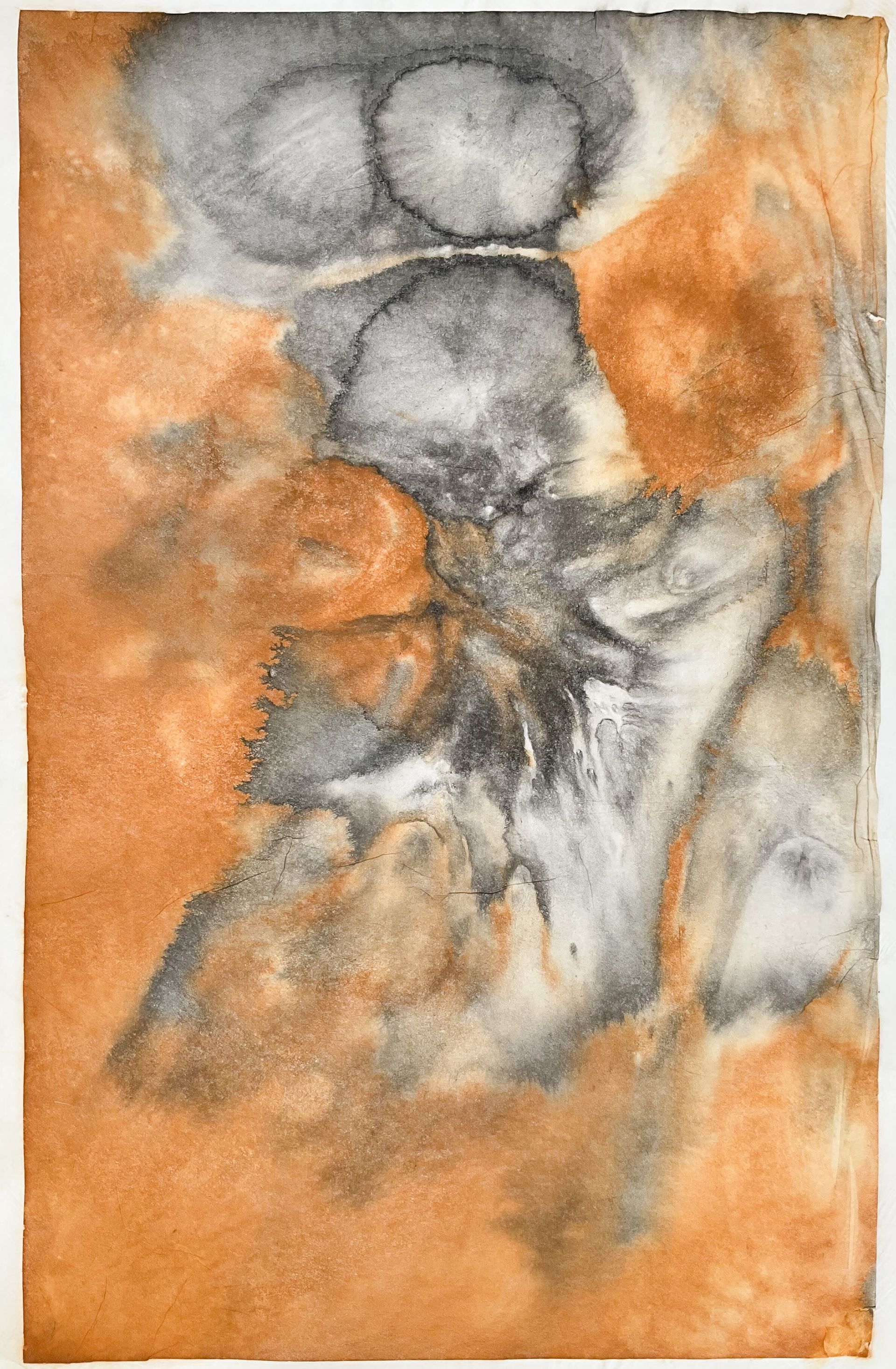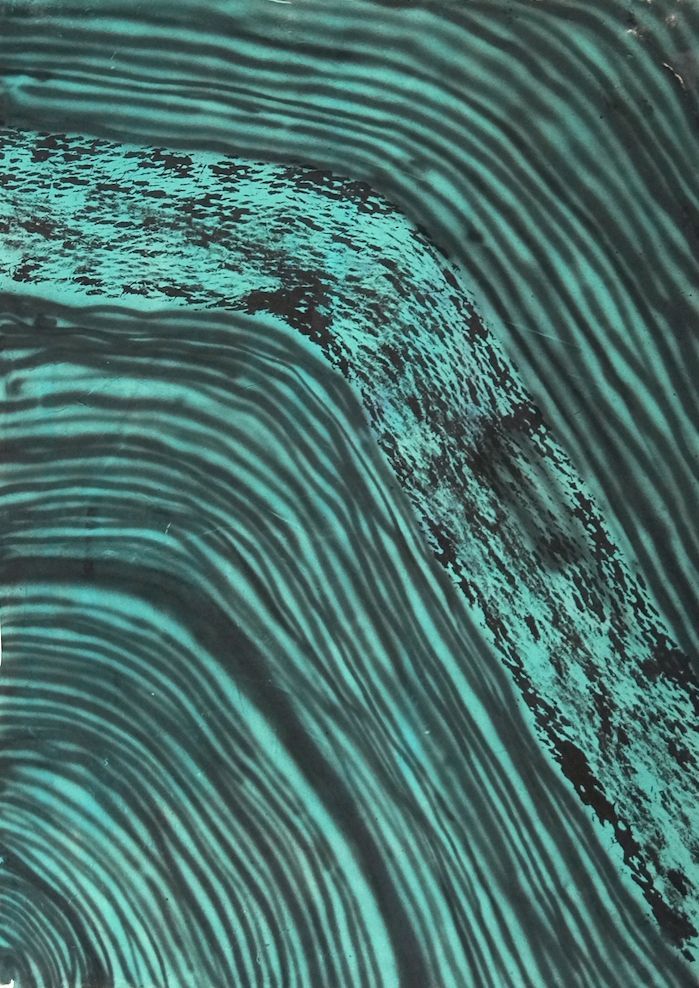Us and our project
"Everyone talks about peace, but no one educates for peace. People educate for competition and this is the beginning of any war. When we educate to cooperate and be in solidarity with each other, that day we will be educating for peace" Maria Montessori
"Everyone talks about peace, but no one educates for peace. People educate for competition and this is the beginning of any war. When we educate to cooperate and be in solidarity with each other, that day we will be educating for peace" Maria Montessori
Elena Hikari 光 (Las Palmas – Spain, 1979) Twenty years ago I began my Japanese studies at the Official School of Languages in Madrid and then Japanese calligraphy with my first teacher, Akiko Harimoto “Soja”, who was trained through the Nihon Shuji Kyoiku Zaidan Foundation in Japan. With her we started the Creative Shodo project, aimed at spreading the art of Japanese writing. In 2010 I obtained a master’s degree from the same foundation and since then I have been teaching this discipline uninterruptedly. I am currently a Kyoju teacher (5th Dan level) of Japanese calligraphy. Between 2014 and 2016 I directed the headquarters of the Nihon Shuji Foundation in Madrid, through which enrolled students were able to take distance examinations and obtain the grades corresponding to official qualifications.
Since 2015 I have been studying with Master Hikita Masao 疋田雅夫 (Sekiin) in Kyoto, Japan, a direct disciple of Master Tonomura Randen 殿村藍田 (1913-2000). I also participate in group exhibitions organized by the Gayuukai Association 雅友会 (Kyoto Japanese Calligraphy Research and Promotion Association) and in Tokyo, sponsored by the art promotion company Seiransha 青藍社. In 2019 my work was selected as a prize winner in the annual Yomiuri Shohouten 読売書法展 calligraphy competition in Kyoto (with 25,000 participants in this 36th edition).
Luciana Rago (San Juan – Argentina, 1982) I studied Plastic Arts Teaching (2005) and a Bachelor’s Degree in Visual Arts (2008) at the National University of San Juan. In Madrid I completed a Master’s Degree in Research and Creation in the Arts (2012) at the Complutense University of Madrid and in this city I began to study traditional Chinese painting with Master Li Chi Pang. He was undoubtedly the person who taught me the most about this pictorial tradition, but he was not the only one. I also learned important things from the Zen Buddhist master Beppe Mokuza Signoritti who has his Dojo in Alba, Italy. Since 2001 I have been working as a teacher at universities, schools, studios, workshops and since 2012 I have been directing the Creative Shodo study program and traveling around Spain, Switzerland and Argentina sharing this pictorial tradition that is little known in the West.
As a visual artist, I work on creating visual works that move between the fields of painting and installation, based on some principles that I consider fundamental to this pictorial tradition, such as impermanence, imperfection, lightness and ephemerality. To create these works, I use paper made from vegetable fibres, Chinese ink and some fragile materials. I regularly exhibit individually and collectively in museums, galleries and cultural centres in Spain and elsewhere.
Elena Hikari 光 Calligrapher and Japanese calligraphy teacher @elena_hikari_sho (Las Palmas – Spain, 1979)
Twenty years ago I began my Japanese studies at the Official School of Languages in Madrid and then Japanese calligraphy with my first teacher Akiko Harimoto “Soja”, who was trained through the Nihon Shuji Kyoiku Zaidan Foundation in Japan. With her we started the Creative Shodo project, aimed at spreading the art of Japanese writing. In 2010 I obtained a master’s degree from the same foundation and since then I have been teaching this discipline uninterruptedly. I am currently a Kyoju teacher (5th Dan level) of Japanese calligraphy. Between 2014 and 2016 I directed the headquarters of the Nihon Shuji Foundation in Madrid, through which enrolled students were able to take remote exams and obtain the grades corresponding to official qualifications. Since 2015 I have been studying with Master Hikita Masao 疋田雅夫 (Sekiin) in Kyoto, Japan, a direct disciple of Master Tonomura Randen 殿村藍田 (1913-2000). I also participate in group exhibitions organized by the Gayuukai Association 雅友会 (Association for the Research and Promotion of Japanese Calligraphy in Kyoto), and in Tokyo, sponsored by the art promotion company Seiransha 青藍社. In 2019 my work was selected and awarded in the annual Yomiuri Shohouten 読売書法展 calligraphy competition in Kyoto (with 25,000 participants in this 36th edition).
Luciana Rago Artist and professor of oriental painting @luciana_rago (San Juan – Argentina, 1982)
I studied the Teaching Degree in Plastic Arts (2005) and the Bachelor's Degree in Visual Arts (2008) at the National University of San Juan. In Madrid I completed a Master's Degree in Research and Creation in the Arts (2012) at the Complutense University of Madrid and in this city I began to study traditional Chinese painting with Master Li Chi Pang. He was undoubtedly the person who taught me the most about this pictorial tradition, but he was not the only one. I also learned important things from other professionals with whom I have studied in different countries. Since 2001 I have worked as a teacher at universities, schools, studios, workshops and since 2012 I have directed the Shodo Creativo study program and travel around Spain, Switzerland and Argentina sharing this pictorial tradition that is little known in the West. As a visual artist, I work on creating visual works that move between the fields of painting and installation, based on some principles that I consider fundamental to this pictorial tradition, such as impermanence, imperfection, lightness and ephemerality. To create these works, I use paper made from vegetable fibres, Chinese ink and some fragile materials. I regularly exhibit individually and collectively in museums, galleries and cultural centres in Spain and elsewhere.
Elena Hikari 光 (Las Palmas – Spain, 1979) Twenty years ago I began my Japanese studies at the Official School of Languages in Madrid and then Japanese calligraphy with my first teacher, Akiko Harimoto “Soja”, who was trained through the Nihon Shuji Kyoiku Zaidan Foundation in Japan. With her we started the Creative Shodo project, aimed at spreading the art of Japanese writing. In 2010 I obtained a master’s degree from the same foundation and since then I have been teaching this discipline uninterruptedly. I am currently a Kyoju teacher (5th Dan level) of Japanese calligraphy. Between 2014 and 2016 I directed the headquarters of the Nihon Shuji Foundation in Madrid, through which enrolled students were able to take distance examinations and obtain the grades corresponding to official qualifications. Since 2015 I have been studying with Master Hikita Masao 疋田雅夫 (Sekiin) in Kyoto, Japan, a direct disciple of Master Tonomura Randen 殿村藍田 (1913-2000). I also participate in group exhibitions organized by the Gayuukai Association 雅友会 (Kyoto Japanese Calligraphy Research and Promotion Association) and in Tokyo, sponsored by the art promotion company Seiransha 青藍社. In 2019 my work was selected as a prize winner in the annual Yomiuri Shohouten 読売書法展 calligraphy competition in Kyoto (with 25,000 participants in this 36th edition).
Luciana Rago (San Juan – Argentina, 1982) I studied Plastic Arts Teaching (2005) and a Bachelor’s Degree in Visual Arts (2008) at the National University of San Juan. In Madrid I completed a Master’s Degree in Research and Creation in the Arts (2012) at the Complutense University of Madrid and in this city I began to study traditional Chinese painting with Master Li Chi Pang. He was undoubtedly the person who taught me the most about this pictorial tradition, but he was not the only one. I also learned important things from the Zen Buddhist master Beppe Mokuza Signoritti who has his Dojo in Alba, Italy. Since 2001 I have been working as a teacher at universities, schools, studios, workshops and since 2012 I have been directing the Creative Shodo study program and traveling around Spain, Switzerland and Argentina sharing this pictorial tradition that is little known in the West. As a visual artist, I work on creating visual works that move between the fields of painting and installation, based on some principles that I consider fundamental to this pictorial tradition, such as impermanence, imperfection, lightness and ephemerality. To create these works, I use paper made from vegetable fibres, Chinese ink and some fragile materials. I regularly exhibit individually and collectively in museums, galleries and cultural centres in Spain and elsewhere.
Our teachers
Our teachers
Personal work
"The Flower of Waiting" - Elena Hikari
Japanese paper kimono, using the traditional pattern used for cloth kimonos. Standard size for women's kimono. Calligraphy: Flower - Hana 花, with black Chinese ink.
Button












